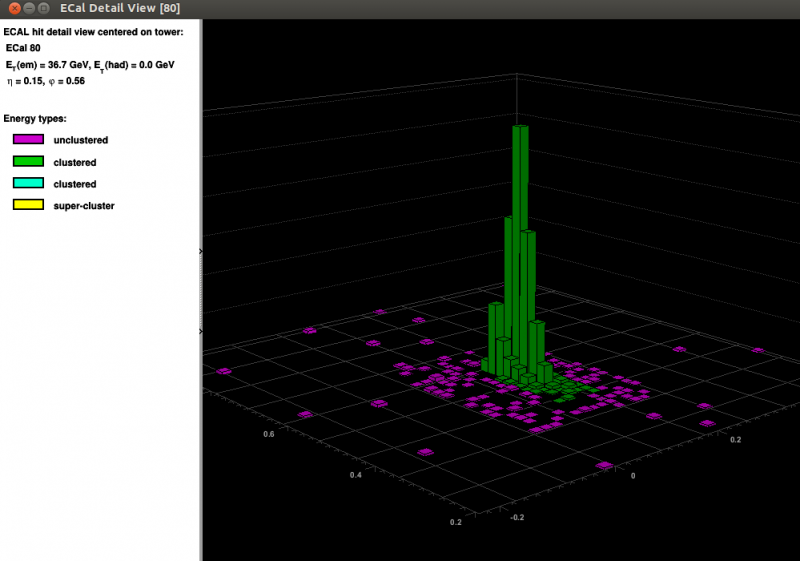After a two-year hiatus, proton beams will soon start to circulate in the LHC and, in a couple of months from now, we will have the first collisions at 13 TeV, nearly twice as much as in the first run of the LHC back in 2010-2012. Many things have improved in the LHC, to allow this higher energy, but many things have also happened in the CMS detector too. Some changes and repairs of hardware have been made, along with many improvements to "firmware" - the computer programs embedded in the custom-made electronics that control the detector - and software. During the past couple of months CMS physicists and engineers have been re-commissioning everything, to make sure it is ready for the proton collisions using cosmic rays (as detailed here).
One of the final commissioning steps is to see "splashes" of particles in CMS. These are created deliberately by the LHC operators: in the process of making proton beams travel all around the 27km LHC ring, they first take them part of the way and then obstruct their paths with thick tungsten-alloy "collimators". When the proton beams hit these tungsten-allow blocks a spray of particles is produced that travels further, passing through CMS as one huge "splash". Having so many particles (mainly muons - heavy cousins to the more-familiar electron) pass through at the same time enables us to make fine-tuning of the detector synchronization - to hundreds of picoseconds - and ensure that as many of the individual detector elements are working as possible.
In preparation for these splashes, physicists from CMS have had to adapt the "trigger" of the detector, to be able to see the splash of particles on its fleeting journey through CMS - which will only be a few nanoseconds long. One part of CMS - the electromagnetic calorimeter (or "ECAL" to its friends) - is used for this. The ECAL's normal job is to detect and measure high-energy electrons and photons, such as the photons arising from the decay of the Higgs boson. And normally it is not sensitive to the passage of muons through it. But the splashes have so many muons passing through that the combined energy can create signals in the ECAL and it is the detection of these signals that tells the rest of CMS to take a "snapshot" of the splash. So, during this past week, CMS was configured to be triggered by the central section of the ECAL, for large energy deposits, and trial runs were taken. The expectation was that nothing much should happen - after all, the LHC is not yet circulating beams or making splashes! But in about an hour of running like this, a handful of events were recorded and, of course, studied in detail. These events were due to muons creating "mini-splashes" (electromagnetic showers) in the lead-tungstate crystals of the ECAL - a rare but useful occurrence, as depicted in the "event displays" below. This shows the path of a cosmic-ray muon, which enters CMS at the top left, leaves signals in the muon detectors at the top and bottom, and between them leaves a big signal in the ECAL. This shows that the muon detectors and ECAL are synchronized - already an excellent sign. It also shows that ECAL is ready to trigger CMS when it detects large deposits of energy. The LHC particle splashes may come this weekend! And CMS is ready!


The views expressed in CMS blogs are personal views of the author and do not necessarily represent official views of the CMS collaboration.
